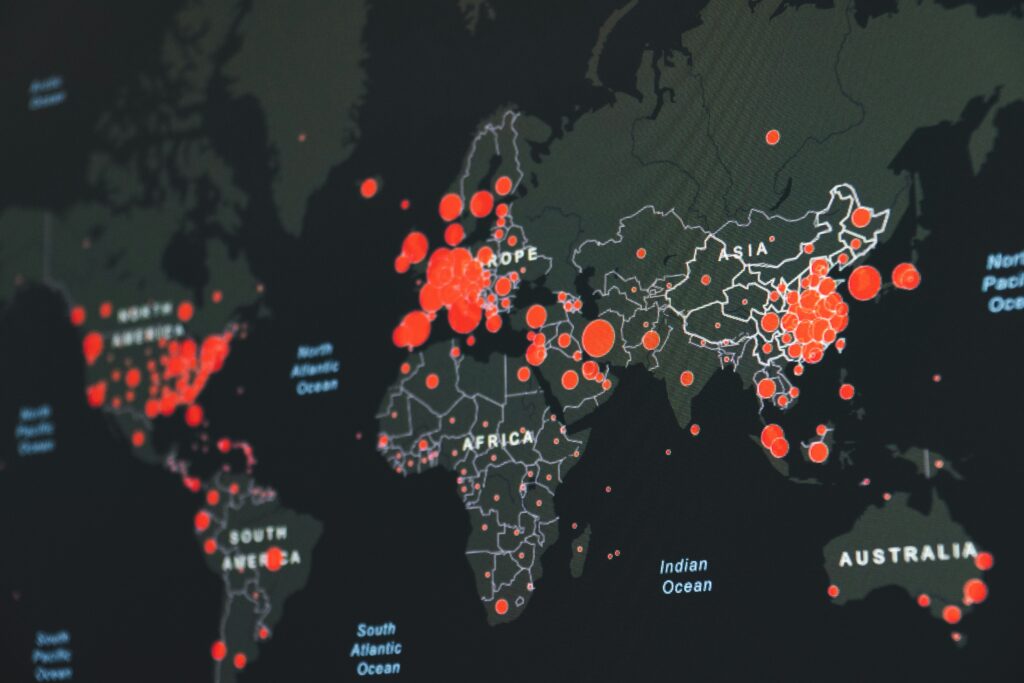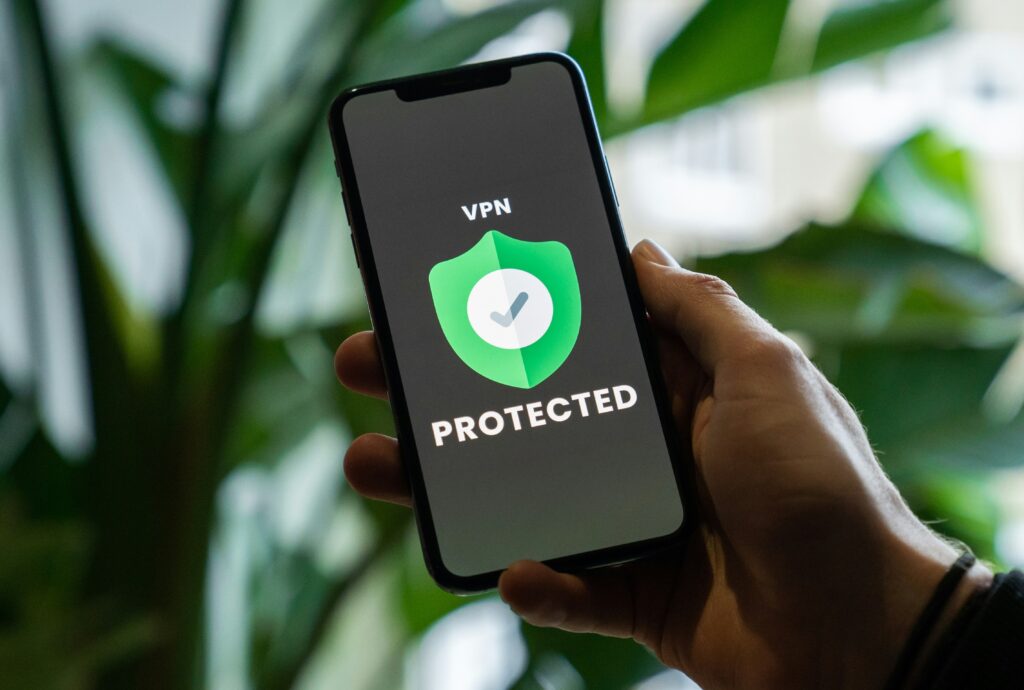Global Asset Protection Services
Protecting your assets on a global scale requires a multifaceted approach that considers various factors such as physical security, cybersecurity, legal frameworks, and risk management strategies. Below are some key steps to choosing the best global asset protection services.

Risk Assessment
Risk assessment is a crucial aspect within global asset protection services. Conduct a comprehensive risk assessment to identify potential threats to your assets. This assessment should cover physical threats such as theft, vandalism, or natural disasters, as well as digital threats such as hacking, data breaches, and cyberattacks.
Conducting a thorough risk assessment for digital assets is imperative in today’s increasingly digitized landscape. It begins with identifying all digital assets, encompassing data, software, systems, and networks critical to organizational functions. Valuing these assets is essential, considering their significance to operations, financial impact, and regulatory compliance. Subsequently, potential threats are identified, ranging from external risks like hacking and malware to internal dangers such as employee negligence. Vulnerability assessment follows, pinpointing weaknesses like outdated software, weak passwords, or misconfigured systems. Analysis of risks involves evaluating the likelihood and impact of threats exploiting identified vulnerabilities. Prioritization of risks based on severity and likelihood aids in focusing mitigation efforts effectively. Assessing existing security controls highlights strengths and weaknesses, informing gap analysis to address deficiencies. Mitigation strategies are then developed, encompassing updated security measures, policies, training, and technology solutions. Regular monitoring and review ensure ongoing effectiveness, with documentation and reporting facilitating accountability and transparency. Continuous improvement is vital, adapting the risk assessment process to emerging threats and evolving security landscapes. Through this comprehensive approach, organizations can safeguard their digital assets and mitigate potential risks effectively.
Physical Security Measures:
Physical security measures play a crucial part within global asset protection services. Physical security measures for digital assets involve safeguarding the infrastructure and facilities that house the digital assets. This includes implementing access controls such as biometric scanners, access cards, and surveillance cameras to restrict entry to authorized personnel only. Secure server rooms or data centers should be equipped with environmental controls, fire suppression systems, and redundant power sources to ensure the continuous operation and protection of digital assets. Additionally, physical barriers such as fences, gates, and bollards can deter unauthorized access to facilities. Regular security audits and assessments help identify vulnerabilities in physical security measures and ensure they are adequately addressed to protect digital assets from physical threats such as theft, vandalism, and sabotage. Each example below will is an essential part of using great global asset protection services.
- Access Control Systems: Biometric scanners, access cards, PIN codes, or keypads to restrict entry to authorized personnel.
- Surveillance Cameras: CCTV cameras strategically placed to monitor and record activities within and around facilities.
- Security Personnel: Trained guards deployed for patrols, monitoring security systems, and responding to incidents.
- Perimeter Security: Fencing, barriers, gates, and bollards to establish boundaries and prevent unauthorized access.
- Intrusion Detection Systems: Alarms and sensors to detect unauthorized entry or suspicious activity.
- Locking Mechanisms: Reinforced doors, windows, and locks to secure entry points and sensitive areas.
- Alarm Systems: Audible alarms and silent alarms to alert security personnel and authorities of security breaches.

Cybersecurity Measures For Global Asset Protect Services
Cybersecurity measures play a crucial part within global asset protection services. Cybersecurity measures are essential for protecting digital assets, data, and systems from cyber threats. Robust cybersecurity starts with implementing firewalls, intrusion detection systems, and antivirus software to detect and prevent unauthorized access and malware infections. Regular software updates and patch management are critical to addressing known vulnerabilities and strengthening defenses against emerging threats. Encryption technologies safeguard sensitive data both in transit and at rest, ensuring confidentiality and integrity. Employee training programs educate staff about cybersecurity best practices, such as identifying phishing emails and practicing strong password hygiene. Continuous monitoring and incident response protocols allow organizations to detect and respond to cyberattacks promptly, minimizing the impact of security breaches. Collaboration with cybersecurity experts and sharing threat intelligence help organizations stay ahead of evolving cyber threats and adapt their defenses accordingly.

Asset Tracking
Asset tracking plays a crucial part within global asset protection services. Global digital asset services and tracking involves monitoring and managing digital assets across international borders and disparate locations. Utilizing advanced technologies such as blockchain, cloud computing, and IoT sensors, organizations can track the movement, ownership, and usage of digital assets in real-time, irrespective of geographical boundaries. This enables businesses to maintain accurate records, ensure compliance with regulatory requirements in different jurisdictions, mitigate the risk of loss or theft, and optimize the utilization of digital resources on a global scale. By centralizing digital asset tracking processes and leveraging interoperable systems, organizations can achieve greater transparency, efficiency, and security in managing their digital assets across the globe.
Asset tracking is a critical component of your global asset protection services. Here’s how asset tracking is utilized for global asset protection:
- RFID and GPS Technology: Implementing RFID tags or GPS tracking devices on assets enables real-time location tracking, allowing organizations to monitor asset movement and identify any anomalies or unauthorized activities.
- Centralized Asset Management Systems: Utilizing centralized asset management software enables organizations to maintain a comprehensive database of all assets, including their location, status, and ownership information. This facilitates efficient tracking and management of assets across multiple locations. The Digital Asset Sisters provide an immense amount of information on this.
- Barcode Scanning: Employing barcode scanning technology enables quick and accurate tracking of assets during various stages of transportation, storage, and usage. Barcodes can be scanned using mobile devices or dedicated scanners to update asset information in the centralized database.
- Customized Reporting and Alerts: Implementing customized reporting tools and alerts allows organizations to receive notifications about asset movements, status changes, or deviations from predefined parameters. This enables timely intervention in case of any security breaches or irregularities.
Legal Protections
Legal protections are one of the most important services within digital asset protection services. Legal protections for global digital assets involve navigating complex regulatory frameworks across multiple jurisdictions to safeguard intellectual property, data privacy, and contractual rights. Organizations must ensure compliance with international laws such as GDPR (General Data Protection Regulation) in the European Union, CCPA (California Consumer Privacy Act) in the United States, and various intellectual property laws worldwide. Implementing robust contractual agreements, including licensing agreements and service level agreements, helps establish clear rights and responsibilities regarding digital asset usage and distribution. Additionally, organizations may utilize legal mechanisms such as trademarks, patents, and copyrights to protect their intellectual property rights globally. Collaborating with legal experts who specialize in international law and digital asset management is essential for navigating the legal landscape and mitigating legal risks associated with global digital assets.
- Intellectual Property Laws: Utilize patents, trademarks, and copyrights to protect digital assets from unauthorized use or infringement. Understanding and adhering to intellectual property laws in various countries is crucial part within your digital asset protection services.
- Data Privacy Regulations: Comply with data privacy regulations such as GDPR (General Data Protection Regulation) in the European Union and CCPA (California Consumer Privacy Act) in the United States. Implement appropriate data protection measures, including encryption and access controls, to ensure the privacy and security of digital assets.
- Contractual Agreements: When creating your digital asset protection services, you need to establish clear contractual agreements with partners, vendors, and users regarding the use, ownership, and protection of digital assets. Include provisions for confidentiality, data security, intellectual property rights, and dispute resolution mechanisms to mitigate legal risks.
- Cross-Border Data Transfer Laws: Understand the legal requirements for transferring digital assets across international borders, particularly concerning data sovereignty and cross-border data transfer regulations. Implement data localization measures or use legal mechanisms such as Standard Contractual Clauses (SCCs) or Binding Corporate Rules (BCRs) to ensure compliance with local laws.
- Cybersecurity Laws and Regulations: Stay abreast of cybersecurity laws and regulations that impose obligations for protecting digital assets from cyber threats like stated prior in the blog. Compliance with cybersecurity standards and regulations enhances legal protection and reduces the risk of regulatory penalties or liabilities.
- Contract Review and Due Diligence: Conduct thorough contract reviews and due diligence assessments to identify legal risks associated with global asset protection services, including intellectual property rights, data privacy compliance, and cybersecurity obligations. Ensure that contracts include appropriate indemnification clauses and liability limitations to mitigate legal risks.
- Legal Counsel and Compliance Experts: Seek guidance from legal counsel and compliance experts who specialize in international law, intellectual property, data privacy, and cybersecurity. Collaborate with legal professionals to develop and implement effective legal strategies for global digital asset protection.
Concluding Global Asset Protection Services
Encouraging global asset protection services for digital assets is crucial in today’s interconnected world where digital threats can transcend borders. Here are some reasons to promote global protection efforts:
- Preservation of Innovation: Digital assets often represent innovative ideas, technologies, and creative works. By promoting global protection, we encourage innovation by providing creators and innovators with the confidence that their digital assets will be safeguarded against theft, piracy, and unauthorized use.
- Economic Growth and Competitiveness: Digital assets contribute significantly to economic growth and competitiveness. Protecting these assets globally fosters a conducive environment for businesses to thrive, attract investments, and create jobs, ultimately driving economic prosperity on a global scale.
- Enhanced Trust and Confidence: Global protection of digital assets builds trust and confidence among consumers, investors, and stakeholders. When individuals know that their digital assets are secure and protected, they are more likely to engage in digital transactions, invest in digital ventures, and participate in digital economies.
- Promotion of Digital Rights: Ensuring global protection of digital assets reinforces the importance of digital rights, including privacy, data protection, and intellectual property rights. By advocating for these rights on a global scale, we uphold fundamental principles of fairness, transparency, and accountability in the digital realm.

